Geumgwanchong Tomb (금관총)
1.6 Km 16785 2020-03-18
Noseo-dong, Gyeongju-si, Gyeongsangbuk-do
+82-54-779-6100
Geumgwanchong, located in Noseo-dong, Gyeongju, is a tomb from the Silla Kingdom (B.C. 57∼A.D. 935). It is one of the three tombs that belong to the Noseo-dong Tombs in downtown Gyeongju.
Geumgwanchong Tomb is regarded as the tomb of a king before or after the reign of King Ji-Jeung during the early 6th century (500~514). It is not known exactly to whom this tomb belongs.
It was found in September 1921, when the fief was chopped while a civilian was leveling the ground to widen his building land. The first relic found in this tomb was a gold crown, geumgwan, and so
the tomb took its name. Ornaments such as gold belts, earings, bracelets, saddlers and crockery of the Three Kingdoms Era (when Goguryeo, Baekje and Silla were separated, later unified by Silla in 676 AD) were dug up from the tomb. There were numerous relics, with beaded relics alone numbering over 30,000.
The original structure of Geumgwanchong was 13m high with a 50m diameter. The relics from this tomb were moved and are now
preserved at the Gyeongju National Museum.
Hwangnamguan [Korea Quality] / 주식회사 황남관 [한국관광 품질인증]
1.6 Km 18904 2020-12-16
1038, Poseok-ro, Gyeongju-si, Gyeongsangbuk-do
+82-10-3518-4582
Located in Gyeongju City, Hwangnamgwan is a traditional Korean style accommodation which opened in April 2014. The place looks like a small hanok village with 4 one-story buildings and 2 two-story buildings, constructed on about 5000㎡ of building site. The buildings are equipped with modern convenience facilities but manage to preserve the antique flavor of traditional Korean house. All rooms are equipped with a bathroom. A bathtub is installed in the largest room, Numaru Suite. Auxiliary facilities include the seminar room which is located in the two-story building. There are a cafe and a pizza restaurant on the first floor for meetings or simple meals. Guests are given discount coupons for the cafe.
Various traditional plays can be enjoyed in the hanok. It is possible to take photos with the beautiful Hwangnamgwan building in the background wearing traditional Korean clothes. You can also play Neolttwigi, Tuho, and Jegichagi in the wide yard and experience twisting legs, bastinado, turning the millstone, fulling, Pogurak (dancing play), etc. which have appeared on TV dramas. It is possible to receive discounted services at nearby affiliated facilities: 50% discount at Spalux Jjimjilbang, Kids Cafe, and Sport Town Bowling Center. Famous tourist attractions such as Cheonmachong Tomb, Cheomseongdae Observatory, and Banwolseong Fortress are within walking distance; and the National Gyeongju Museum and Gyeongju World Culture Expo Park are likewise not far from Hwangnamgwan.
Sugyeongsa (수경사)
1.7 Km 0 2024-04-08
25 Sajeong-ro 57beon-gil, Gyeongju-si, Gyeongsangbuk-do
Sugyeongsa is a fusion Korean food restaurant renovated from a temple and a pond. The entrance is paved with marble and stone, creating a mysterious yet neat atmosphere, and the interior is simple, preserving the original form of a hanok and using white tones. The signature dish here is beef bulgogi with lotus leaf rice. The soy sauce-seasoned Gyeongju beef bulgogi, and lotus leaf rice will work up an appetite. The lotus leaf rice is a combination of rice and mixed grains wrapped in lotus leaves and steamed for an even healthier taste. Seasonal vegetables and side dishes are also provided. Also on the menu are Daereungwon deep-fried cheese, made with cheese rind, and beef brisket japchae pasta with seven kinds of vegetables, perilla seeds, and lotus root chips. A delicious meal can be enjoyed by anyone thanks to the restaurant's reinterpretation of traditional Korean food.
Daereungmyojji (대릉묘찌)
1.7 Km 0 2024-04-08
1085 Poseok-ro, Gyeongju-si, Gyeongsangbuk-do
Try the unique combination of beaded ice cream and sweet rice cake, a traditional Korean dessert, at Daereungmyojji on Hwangridan Street near Daereungwon Ancient Tombs. The business offers take-out only, and there are no seats. Three menus are available: mugwort flavor sweet rice cake with pea filling, chocolate flavor sweet rice cake with filling made with Belgian dark chocolate, and sweet rice cake with red bean filling and crispy walnuts. Each serving of sweet rice cakes is cut into three or four pieces and served in a cup. In addition to being a unique dessert, the packaging has a cute rabbit drawing on it. The gift set contains eight pieces, perfect for people who want to enjoy a lot of desserts.
Gyeongju Daereungwon Ancient Tomb Complex (경주 대릉원 일원)
1.8 Km 13734 2022-12-26
9, Gyerim-ro, Gyeonju-si, Gyeongsangbuk-do
+82-54-750-8650
Gyeongju Daereungwon Tomb Complex consists of five tombs, Ancient Tombs of Gyeongju Nodong-ri, Noseo-ri, Hwangnam-ri, Hwango-ri, and Inwang-ri. The tombs are distributed in Hwangnam-dong, Gyeongju-si, and are located in the Daereungwon area. Within Daereungwon Tomb Complex is Cheonmachong Tomb, which was excavated in 1973. Furthermore, Hwangnamdaechong Tomb was excavated between 1973 and 1975, and is a set of twin tombs belonging to a presumed married couple.
Gyeongju Ssambap Street (경주 쌈밥거리)
1.8 Km 0 2024-02-08
9 Gyerim-ro, Gyeongju-si, Gyeongsangbuk-do
Gyeongju Ssambap Street, developed around the Daereungwon Ancient Tombs in Gyeongju, offers a diverse culinary experience. A highlight is ssambap (leaf wraps and rice), a dish featuring fresh vegetables accompanied by substantial side dishes like fish, meat, and doenjang jjigae (soybean paste jjigae) made from homemade soybean paste. Additionally, this street presents a variety of snacks, including Hwangnam ppang (Hwangnam bread) prepared with red beans and flour, and jjondeugi, a traditional chewy snack made from cornmeal and sugar. Nearby attractions include the Cheomseongdae Observatory, Donggung Palace and Wolji Pond, Woljeonggyo Bridge, and the Gyeongju National Museum.
Gyeongju Hanbokpan (경주한복판)
1.8 Km 0 2024-04-08
1077-2 Poseok-ro, Gyeongju-si, Gyeongsangbuk-do
Gyeongju Hanbokpan is a hanbok rental store located in the middle of Hwangnidan Street. Hanbok attires are available in a variety of materials, colors, and seasons. There are many hanbok wears reflecting the latest trends, so they look good on anyone and are easy to wear. Besides changing clothes, the store owner also assists customers with hair accessories. There are many family customers as the store also offers hanbok for both men and children. Customers can also print the photos they took with their smartphone upon retrning the hanbok, making it an even more memorable experience.
Cheonmachong Tomb (Daereungwon Ancient Tombs) (천마총 (대릉원))
1.8 Km 110909 2023-07-14
9, Gyerim-ro, Gyeongju-si, Gyeongsangbuk-do
+82-54-743-1925
Daereungwon Ancient Tombs are one of the most well-known sights in Gyeongju, a history park home to 23 small and large ancient tombs. The area is dotted with tranquil trails among the tombs like the largest tomb in Hwangnam-dong, Hwangnamdaechong Tomb; Cheonmachong Tomb, the place where Cheonmado, a saddle flap painting, was excavated from; and the tomb of King Michu, nicknamed the “Tomb of the Bamboo Warrior.”
Cheonmachong Tomb, excavated in 1973, has a x_height of 12.7 meters and a diameter of 50 meters. Its excavation unearthed many artifacts, such as the famous Gold Crown from Cheonmachong Tomb. Its name comes from Cheonmado, a mudguard saddle flap with a painting of a heavenly horse. Cheonmachong Tomb is the only tomb in the Daereungwon Ancient Tombs to be opened to the public.
The tomb is thought to have been constructed between the late 5th century and early 6th century. Artifacts excavated from the tomb include a gold crown, gold cap, gold waist belt, gold diadem, and gilt-bronze shoes worn by the buried. The gold crown, in particular, is known as the largest and the most elaborate of all gold crowns unearthed in Korea. The artifacts themselves can be found in Gyeongju National Museum, so don’t miss the chance to see them in person.
Another must-visit site is the Daereungwon Magnolia Photo Area, a lone magnolia tree standing between the beautiful curves of ancient tombs.
Gyeongju Hwangnidan Street (경주 황리단길)
1.8 Km 0 2023-07-10
1080, Poseok-ro, Gyeongju-si, Gyeongsangbuk-do
Hwangnidan Street was originally known as “Hwangnam Keungil” near Poseok-ro, Hwangnam-dong. Its name comes from the combination of Hwangnam-dong and Gyeongnidan Street in Itaewon, Seoul, meaning the “Gyeongnidan Street of Hwangnam-dong.” The street is home to numerous restaurants, cafes, photo studios, and shops housed in traditional hanok buildings, making it popular among the younger generations in Korea. The street also demonstrates newtro aesthetics due to the remaining old and worn buildings built during the 1960s and the '70s. Hwangnidan Street is near Cheomseongdae Observatory, Daereungwon Ancient Tombs, and other major tourist sites, allowing the street to become a popular Gyeongju attraction as well.
Sihyu Byeoldang [Korea Quality] 시휴별당[한국관광 품질인증]
1.8 Km 0 2023-05-23
15-1, Cheomseong-ro 49beon-gil, Gyeongju-si, Gyeongsangbuk-do
+82-504-0904-2575
Sihyu Byeoldang is a hanok stay near the famous Hwangnidan-gil in Gyeongju, Gyeongsangbuk-do, whose name is made up of hanja characters meaning "time," "separation," "rest," and "home." There are three types of room, spread across a sarangchae, an anchae and an annex. The sarangchae and annex have access to an outdoor swimming pool, while the anchae has an indoor bathtub. We hope the house’s warm atmosphere and the beautiful surrounding scenery will help guests feel truly rested and at home - and perhaps even that time has briefly paused.
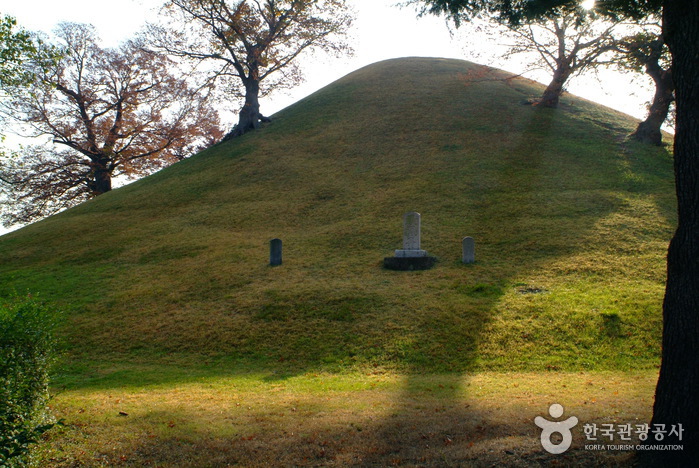
![Hwangnamguan [Korea Quality] / 주식회사 황남관 [한국관광 품질인증]](http://tong.visitkorea.or.kr/cms/resource/06/2635706_image2_1.jpg)
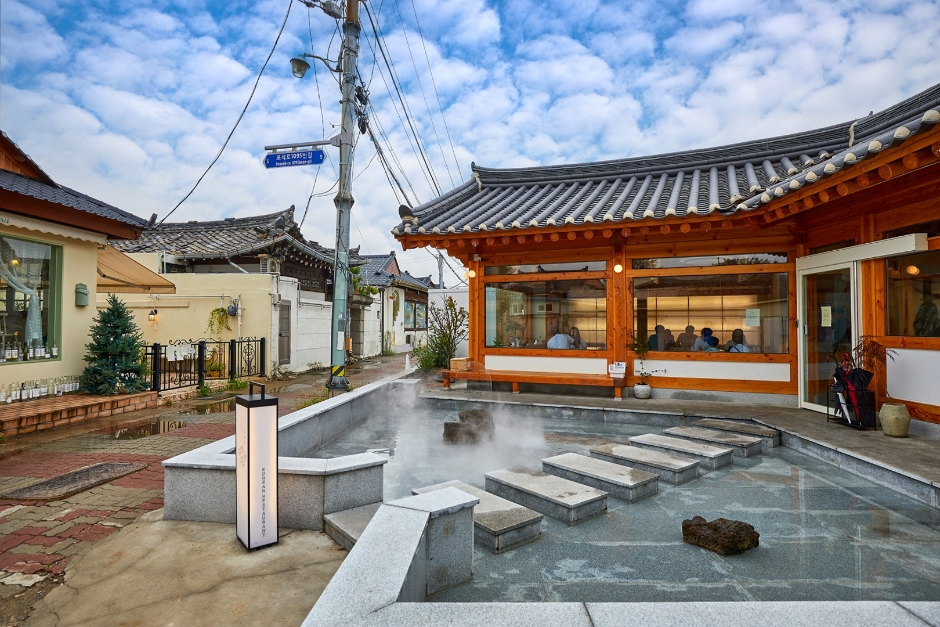
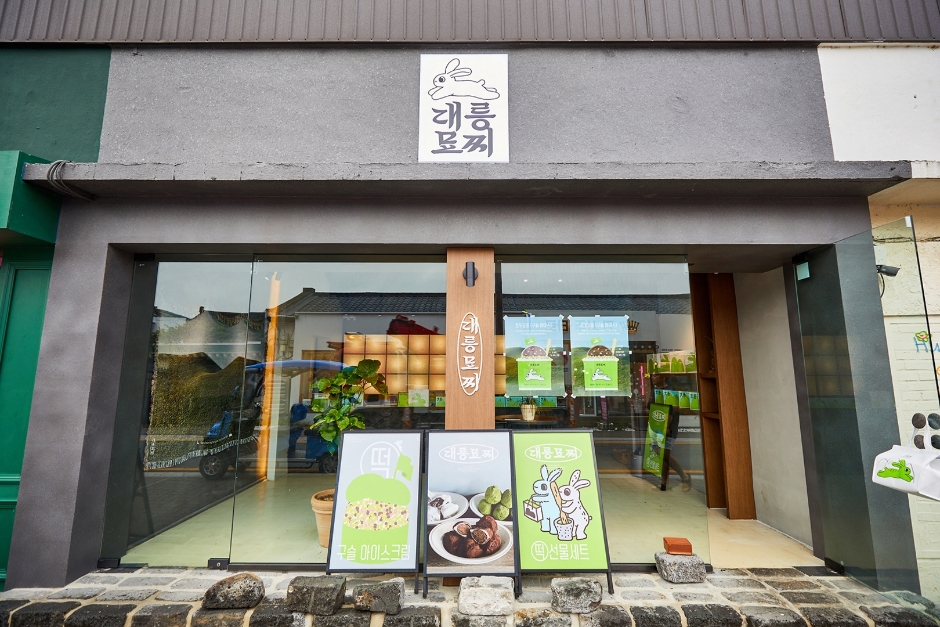

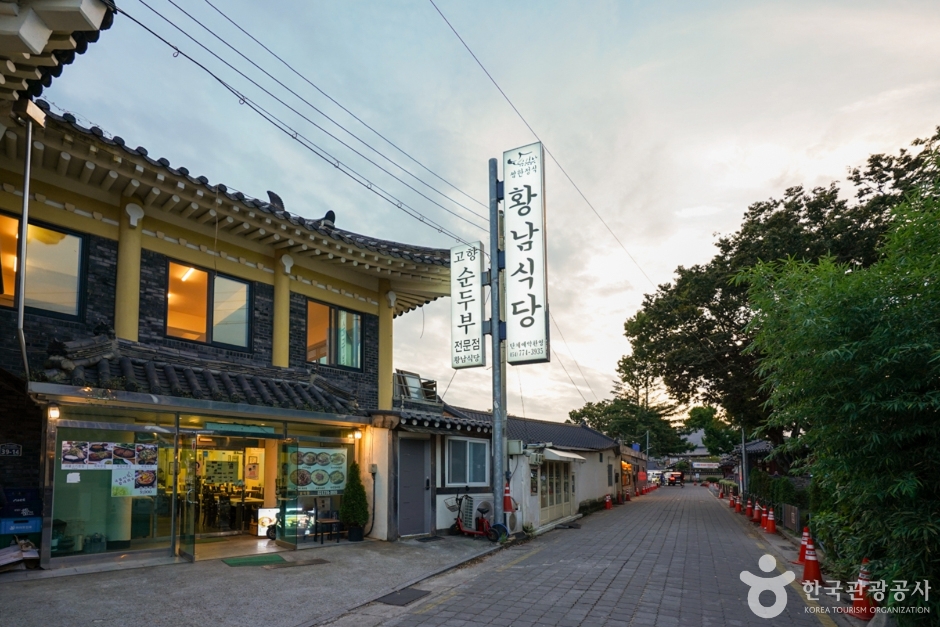
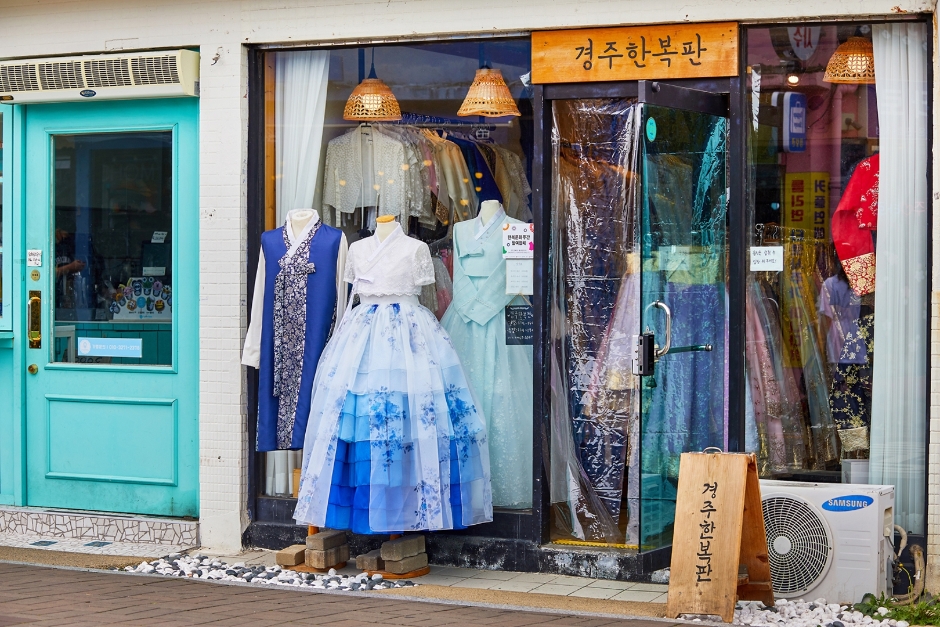
 English
English
 한국어
한국어 日本語
日本語 中文(简体)
中文(简体) Deutsch
Deutsch Français
Français Español
Español Русский
Русский